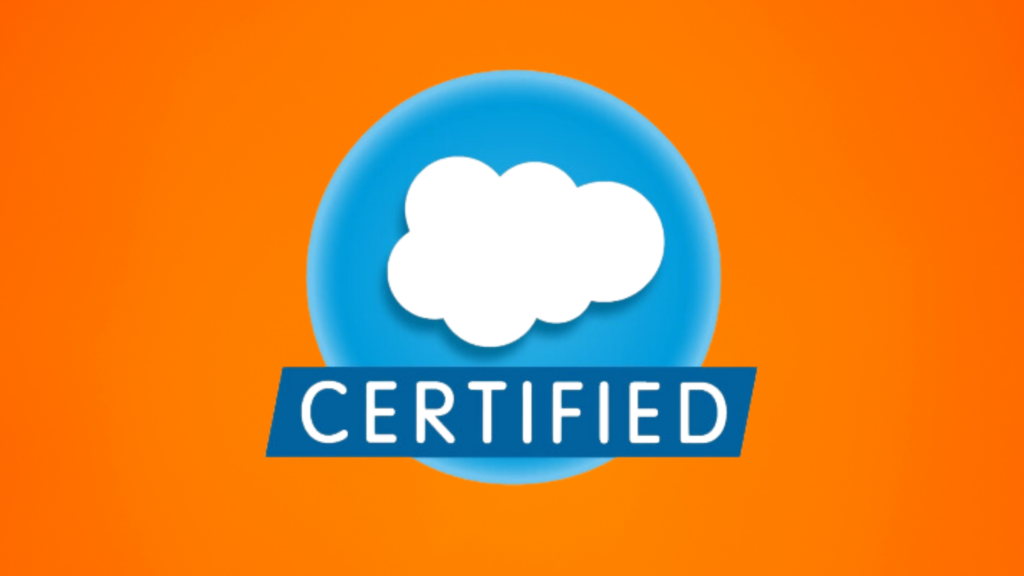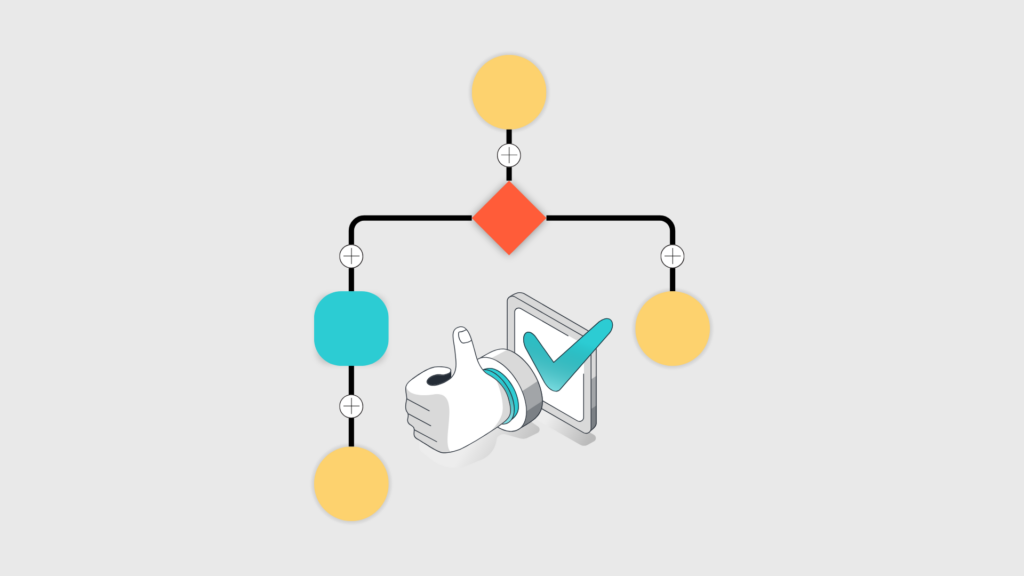12 Key Considerations for Successful Experience Cloud Implementations

Setting up an Experience Cloud site can be a game-changer for your business, but getting it right involves more than just a few clicks. To truly get it right, you need to carefully consider the purpose of your site and the specific use case you’re targeting. Success depends on making sure it’s engaging, secure, and […]
Salesforce Flow Tests: 5 Scenarios Where Apex Unit Tests Are the Better Choice

In our ongoing series touching on all things Salesforce Flow Testing, we’ve explored the fundamentals of what flow tests are, why they’re important, what to consider, and how to create and configure them effectively. As we dive deeper into the world of testing within Salesforce, it becomes essential to understand when Flow tests may not […]
Your Go-To Experts in Salesforce: Certified and Ready to Make You a Revenue Hero!

At Lane Four, we understand that optimizing your revenue operations can be the difference between just getting by and truly reaching your full potential. With how fast the market’s moving these days, keeping up, let alone remaining ahead of your competition, isn’t just about the hard work—it’s about carefully choosing the right support team to […]
Salesforce Winter ‘25 Release: What’s Lane Four Looking Forward To?

It’s come that time of the year again—the air is getting cooler in the North, kiddos are headed to Staples to get a fresh new set of binders and pencil crayons, and if you’re part of the Salesforce community, you know everyone’s buzzing to get the latest and greatest on the Salesforce’s Winter’25 release notes. […]
Lane Four’s Mass Merge Package: The Smart Solution to Eliminate Duplicates and Elevate Data Quality

Bad data, big costs. Improving the data quality of your business will give you a competitive edge. Why consider paying extra attention to this? Because bad data leads to costly errors and inefficiencies across all levels, which leads to more time spent correcting inaccuracies instead of addressing root causes. Duplicate records are a key component […]
Salesforce Flows Tests: Creation and Configurations

Why should you consider using Flow tests? In a previous post, we covered the fundamentals and shared our experiences on how embracing this practice has benefited us internally, with our clients, and why we strongly recommend it for anyone building Flows in Salesforce. But now, let’s dive into the “how.” Keep reading to discover how […]
Elevate Your Digital Interactions with Experience Cloud

When customers come to Lane Four seeking a solution to enhance their interactions with customers, partners, and employees, right away (of course, pending a better understanding of the exact use cases), we usually point them in the direction of Salesforce Experience Cloud. Why? A lot of the time, they’re looking to build a customizable platform […]
Data Migrations: Planned, Prepped, and Ready to Execute!

You hit the ground running in your early planning stages and have a clearer view of the data migration tasks ahead—thanks to that awesome Entity Relationship Diagram (ERD) you built and shared with the team. With the data prepped, you can now move on to the actual migration into Salesforce. The data dependencies highlighted in […]
An Intro to Flows Tests: What, Why and Some Considerations

Learn the essentials of testing Flows in Salesforce with our intro guide. Discover what Flow tests are, why they’re crucial, and best practices to ensure your automated processes run smoothly. Perfect for Salesforce admins and developers!